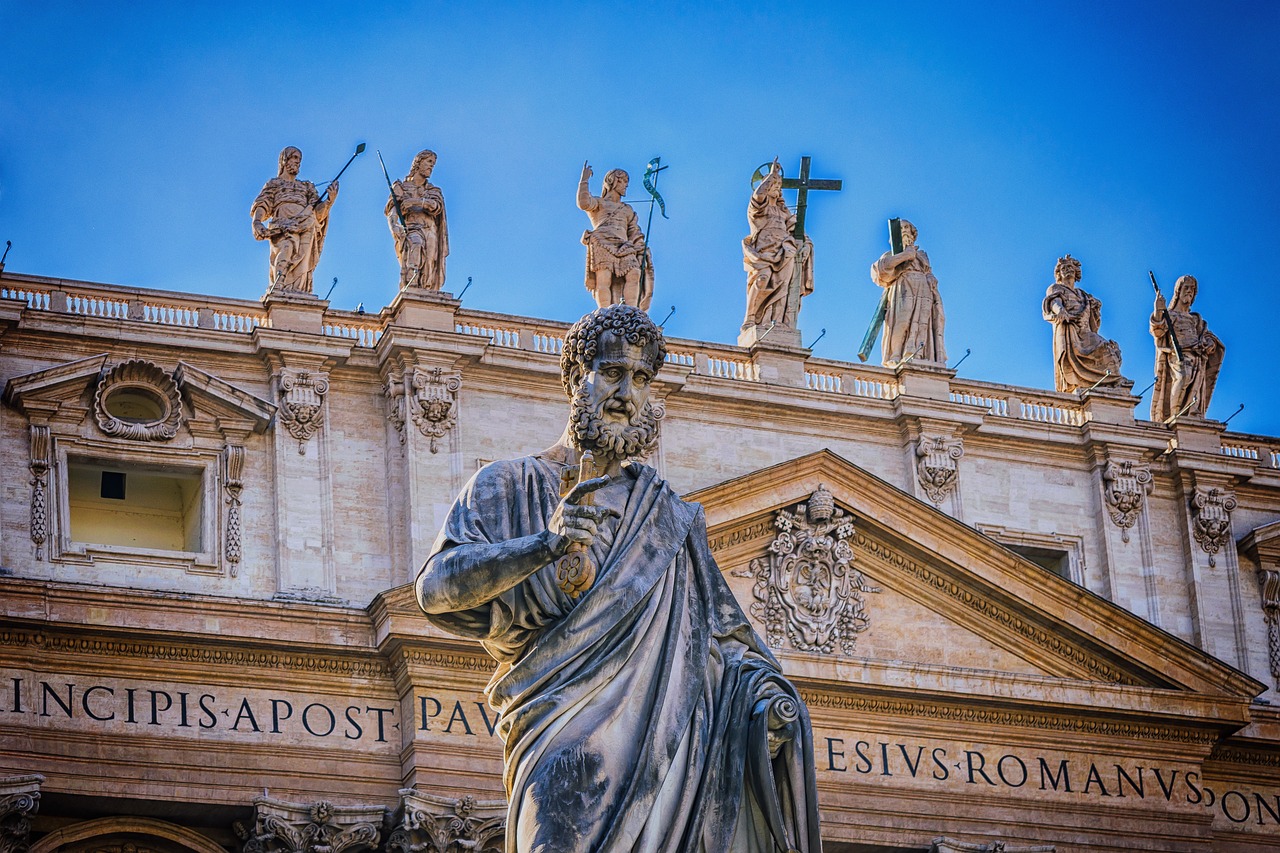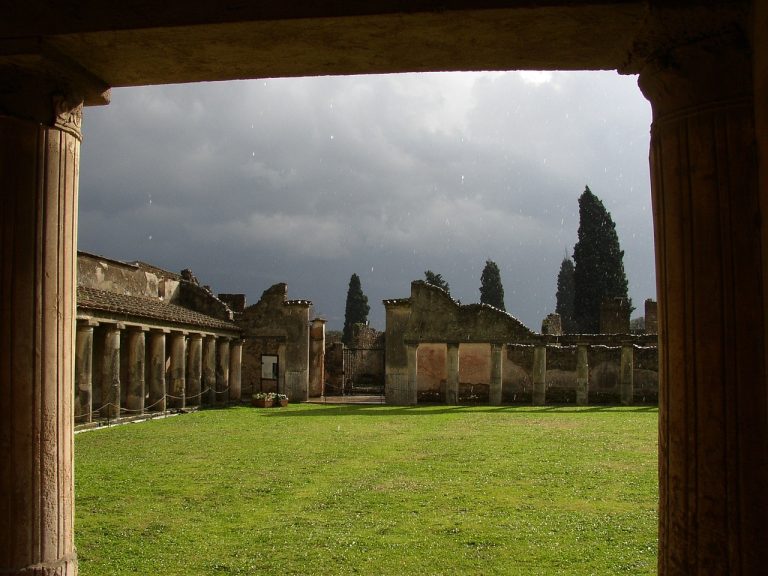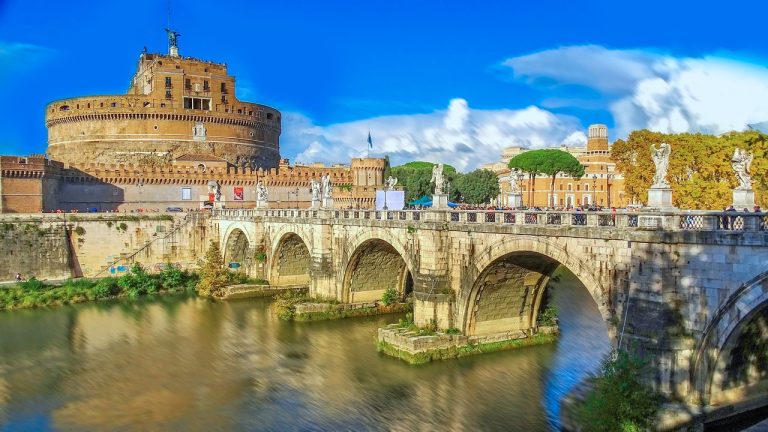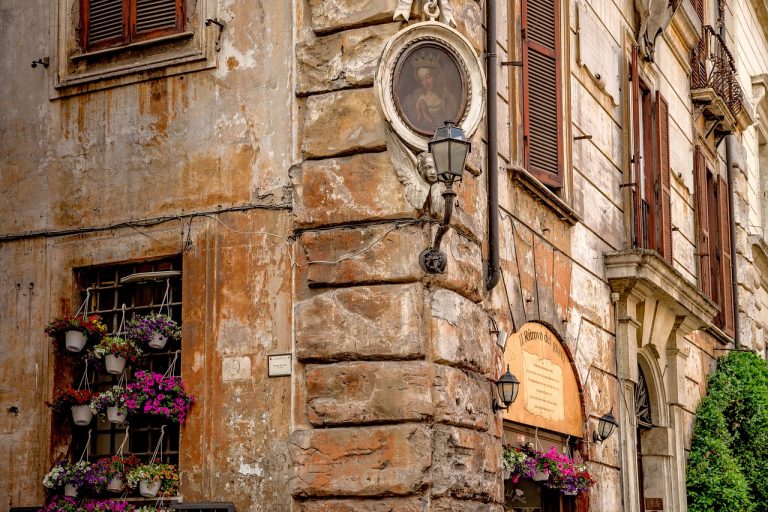Listen (English voice)
Rome Italy Video
Social and Cultural Impact of Rome Italy
Rome, the capital city of Italy, has a rich history and cultural heritage that has had a significant impact on the world. From its ancient Roman ruins to its vibrant modern-day culture, Rome continues to influence art, architecture, religion, and more. In this article, we will explore the social and cultural impact of Rome Italy in various aspects.
Architecture
- Colosseum: The iconic Colosseum is a symbol of Rome’s architectural prowess. This grand amphitheater, built in the 1st century AD, hosted gladiatorial contests and other spectacles. It remains a testament to the advanced engineering and design skills of ancient Rome.
- Pantheon: The Pantheon is a well-preserved ancient Roman temple dedicated to all the gods of pagan Rome. Its dome, which was the largest in the world until the modern era, continues to inspire architects today.
- Vatican City: The Vatican City, an independent city-state within Rome, is home to some of the world’s most renowned religious and architectural marvels. St. Peter’s Basilica, designed by Michelangelo, and the Sistine Chapel, adorned with frescoes by famous artists, attract millions of visitors each year.

Art and Literature
- Renaissance Art: Rome was a major center of the Renaissance, a period of great artistic and intellectual achievement. Artists such as Michelangelo, Raphael, and Caravaggio created masterpieces that continue to inspire and influence art lovers around the world.
- Literary Influence: Rome has been a muse for countless writers throughout history. From ancient poets like Virgil and Ovid to modern authors like Alberto Moravia and Elena Ferrante, the city’s rich history and captivating ambiance have provided inspiration for literary works of various genres.
- Vatican Museums: The Vatican Museums house an extensive collection of art, including masterpieces like the Sistine Chapel ceiling. These museums attract art enthusiasts and scholars from all over the globe.
Religion
- Catholicism: Rome is the spiritual center of the Roman Catholic Church. The influence of the Vatican and the Pope extends far beyond the city itself, shaping the beliefs and practices of millions of Catholics worldwide.
- Papal Audience: The weekly Papal Audience, where the Pope addresses the faithful, draws pilgrims and tourists from all corners of the globe. It offers a unique opportunity to experience the religious and cultural significance of Rome.
- Pantheon Conversion: The Pantheon, once a Roman temple, was converted into a Christian church in the 7th century. This transformation symbolized the transition from pagan to Christian Rome and remains an important historical and religious site.

Food and Cuisine
- Pasta and Pizza: Italian cuisine, particularly pasta and pizza, has become a global favorite. Rome, with its traditional pasta dishes like carbonara and cacio e pepe, and its delicious thin-crust Roman-style pizza, has played a significant role in popularizing these culinary delights.
- Gelato: Gelato, a frozen dessert similar to ice cream, is a beloved treat worldwide. Rome’s gelaterias offer a wide variety of flavors and continue to influence gelato culture around the world.
- Coffee Culture: Rome’s coffee culture is deeply ingrained in its social fabric. The city’s historic cafes, such as Caffè Sant’Eustachio and Caffè Greco, have been gathering places for artists, intellectuals, and locals for centuries.
Fashion and Design
- Italian Fashion: Rome, along with Milan, is a major hub of Italian fashion. Renowned designers like Valentino, Fendi, and Bulgari have their roots in Rome, contributing to the city’s reputation as a fashion capital.
- Historic Fashion Districts: Rome is home to several historic fashion districts, such as Via Condotti and Via del Corso, where luxury boutiques and high-end fashion houses can be found. These districts have played a significant role in shaping the fashion industry.
- Roman-inspired Fashion: The fashion world often draws inspiration from Rome’s rich history and iconic symbols, incorporating elements like Roman togas, gladiator sandals, and ancient motifs into modern designs.

Sports and Entertainment
- Serie A Football: Rome is home to two major football clubs, AS Roma and SS Lazio, both of which compete in Serie A, the top tier of Italian football. The passion for football in Rome is palpable, with fans filling the stadiums and cheering on their teams.
- Tennis: Rome hosts the Italian Open, one of the most prestigious tennis tournaments in the world. The tournament attracts top-ranked players and tennis enthusiasts from around the globe.
- Outdoor Recreation: Rome’s parks and gardens provide ample opportunities for outdoor activities. Locals and visitors alike enjoy jogging, cycling, and picnicking in places like Villa Borghese and the Appian Way Regional Park.
Education and Academia
- Universities: Rome is home to several prestigious universities, including La Sapienza University, which is one of the oldest universities in the world. These institutions attract students and scholars from various disciplines, contributing to the city’s intellectual vibrancy.
- Archaeological Research: Rome’s rich archaeological sites and artifacts have attracted scholars and researchers for centuries. The city continues to be a hub for archaeological studies, shedding light on the ancient world and its impact on modern society.
- Language and Culture: Rome’s language schools and cultural institutes offer opportunities for foreigners to learn Italian and immerse themselves in the city’s vibrant culture. Many students come to Rome to study the Italian language, art, history, and more.
Conclusion
Rome Italy’s social and cultural impact is undeniable. From its architectural marvels and artistic masterpieces to its religious significance and culinary delights, Rome continues to inspire and influence people from all walks of life. Whether it’s through its ancient ruins or its modern-day cultural offerings, Rome’s legacy as a global center of art, history, and culture remains strong.
References
- rome.net
- vatican.va
- italia.it
- vogue.it
- tenniseurope.org
- uniroma1.it







